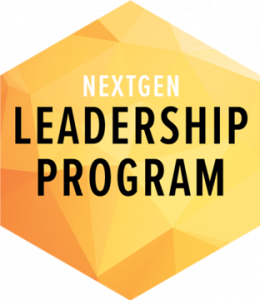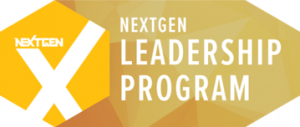
Many employers have recognized that investing in employee development can result in a number of organizational benefits, including increased employee value, reduced attrition, improved efficiency and productivity and competitive advantage over other organizations.
Forbes reported that U.S. spending on corporate training has grown to over $70 billion. The 2016 Deloitte Human Capital Trends Report found that 89 percent of executives rated the need to “strengthen, reengineer and improve organizational leadership” as important or very important.
With changing industry needs and rapidly advancing technology, such training programs have proven increasingly critical to both government success and personal development.
But it’s important for employers and employees to remember that learning is only the first step. Workshops and webinars are only useful, and worth the investment of time and money, insofar as you can apply what you’ve learned to the workplace.
Merely attending or participating in these experiences, unfortunately, doesn’t mean that you will automatically see results. So, after attending a training, how do you ensure that you are effectively implementing what you learned and transferring new knowledge to your career?
- Clearly identify your goals and learning objectives. What exactly do you want to get out of this training, and how is it relevant to your career? What learning outcomes do you expect? Establish a direct link between the skills you will gain from the training and your agency-wide goals. Aim to leave a workshop with a few high-impact, actionable items to implement when you return to the office.
- Take good notes during the online course or session. This will allow you to remember the most important takeaways and give you something to refer to as you put this knowledge into practice. If the presenters offer the slides for download, save and review them again over the next few days. This refresher can improve information retention and help you better troubleshoot later on during the implementation stage. It can also help you easily share knowledge with your coworkers and team members.
- Reflect on what you learned. Our busy, hyper-active work culture often makes it difficult to pause and process. Webinars or online trainings might be scheduled between back-to-back meetings, phone calls and other office tasks. A days-long conference might cause anxiety about the work that has piled up in the meantime. Allow yourself ample time to internalize the new ideas and insights you’ve gained from the training.
- Keep practicing. Multiple research studies have demonstrated the importance of repetition and constant practice to cement newly-acquired skills. Try to apply what you’ve learned as soon as possible, even if its initially only a small step. For example, if you attended a time-management session and learned a new strategy for organizing your notes, take ten minutes to try it out. If you just followed an online tutorial for a new design program, set aside half an hour to practice those new skills on your own.
Ultimately, active learning and constant practice is key. It’s not so much what you know, as what you decide to do with it.

For more information on all things professional development, check out all of the NextGen Leadership Program’s blogs here.
